About the Film
The film, The Cherry Man, is a collaboration between the two well-known Minnesota based Photographers, Dudley Edmondson and the film’s subject, Walter Griffin.
Walter’s passion for life, photography and cherries take audiences through his unique life trajectory as an unlikely visual historian and world traveler.
He’s the ultimate storyteller and his award winning photographs serve to illustrate the many, beautiful, painful and sometimes comical stories he shares throughout the film. The film is a condensed version of Walters life as a photographer, which spans more than 60 years, capturing the energy and performances of many legendary jazz greats, well-known black celebrities of the 60’s and 70’s, and many civil rights movement icons.
In his work, you relive American history and the struggles of our nation’s troubled past while witnessing the resiliency of Black Americans and their ability to make beautiful lives under less than ideal circumstances.
The film was selected for the 2023 Twin Cities Film Festival and the Black Twin Cities Film Festival.
Film made possible through the Duluth Art Institute and funding from the Saint Paul & Minnesota Foundation
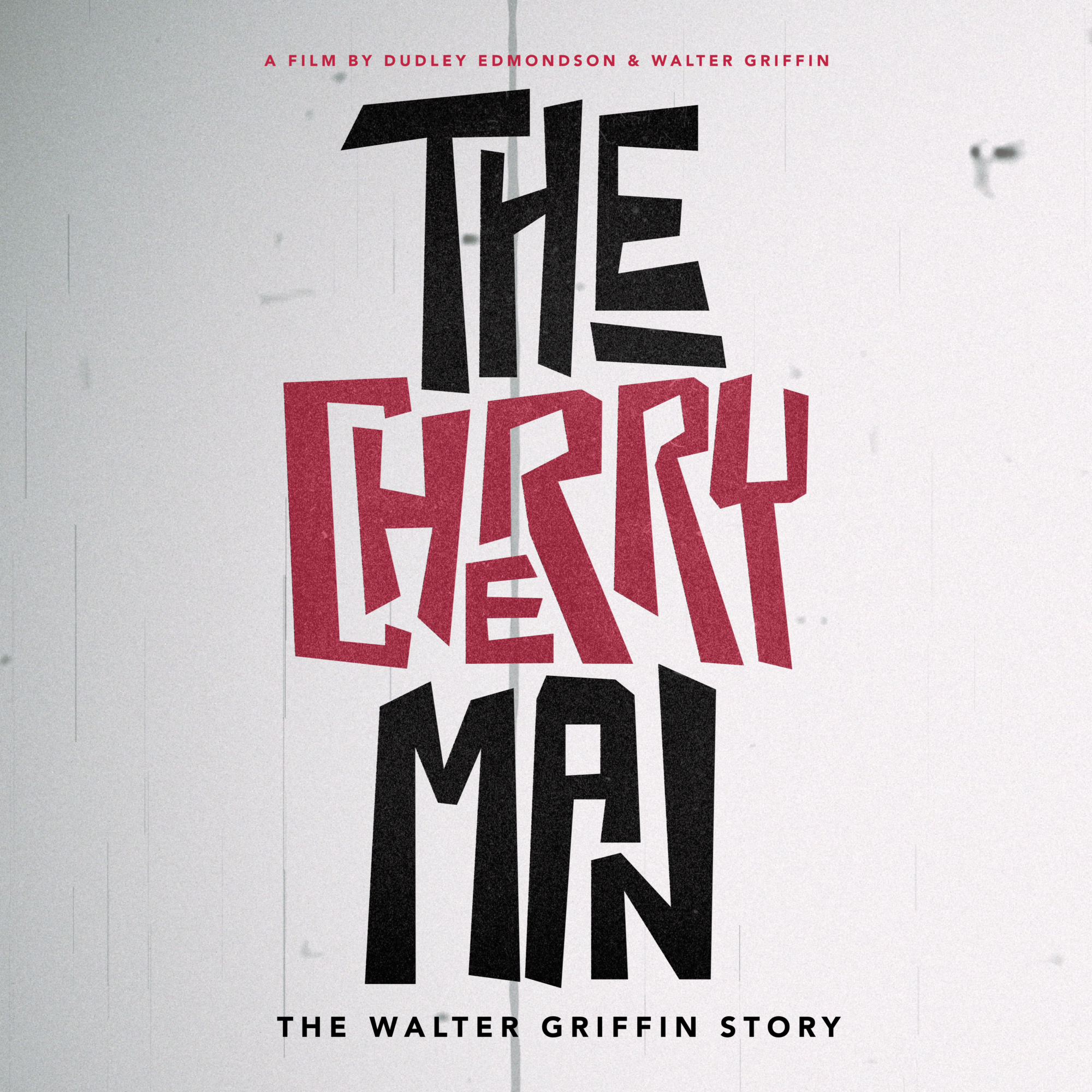
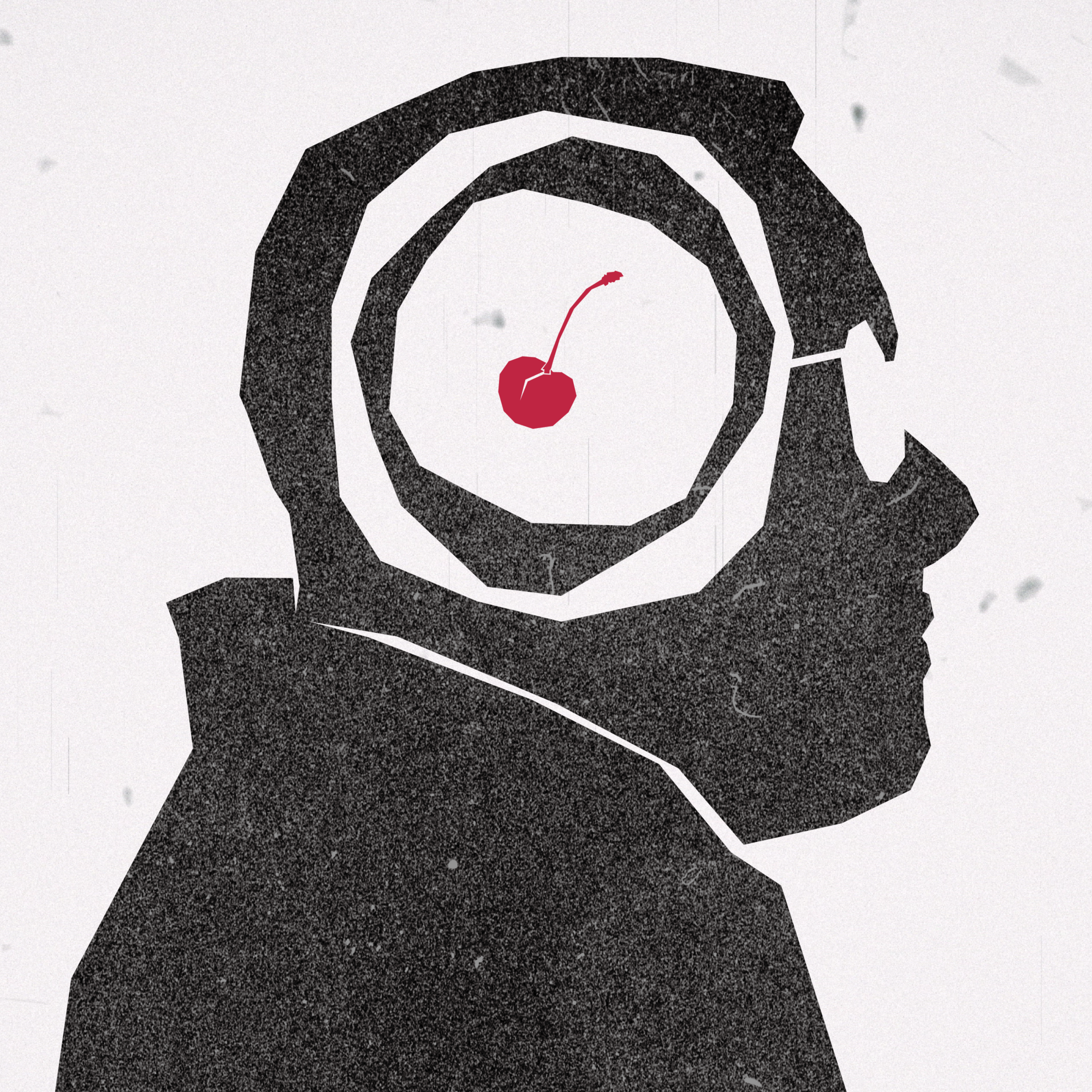
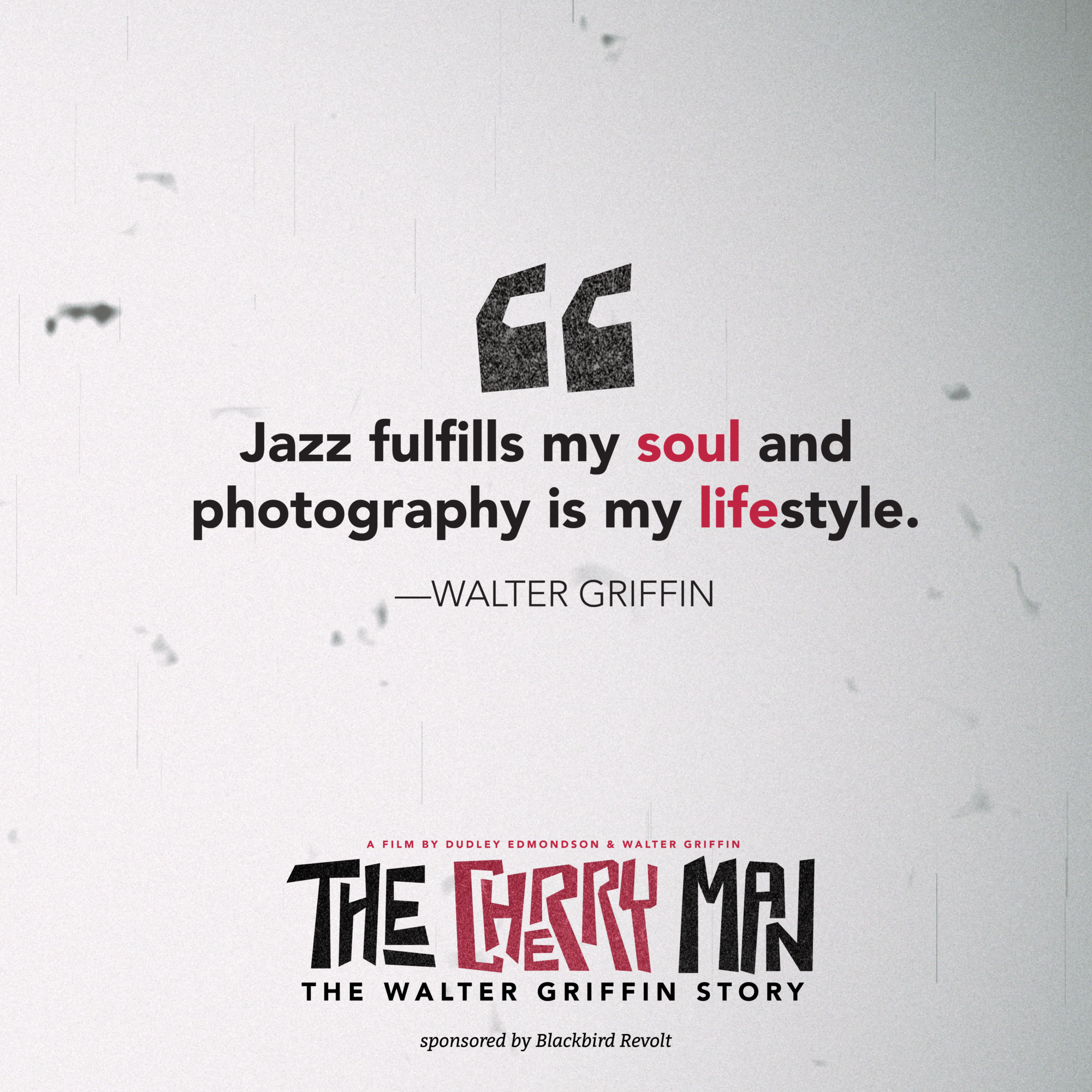
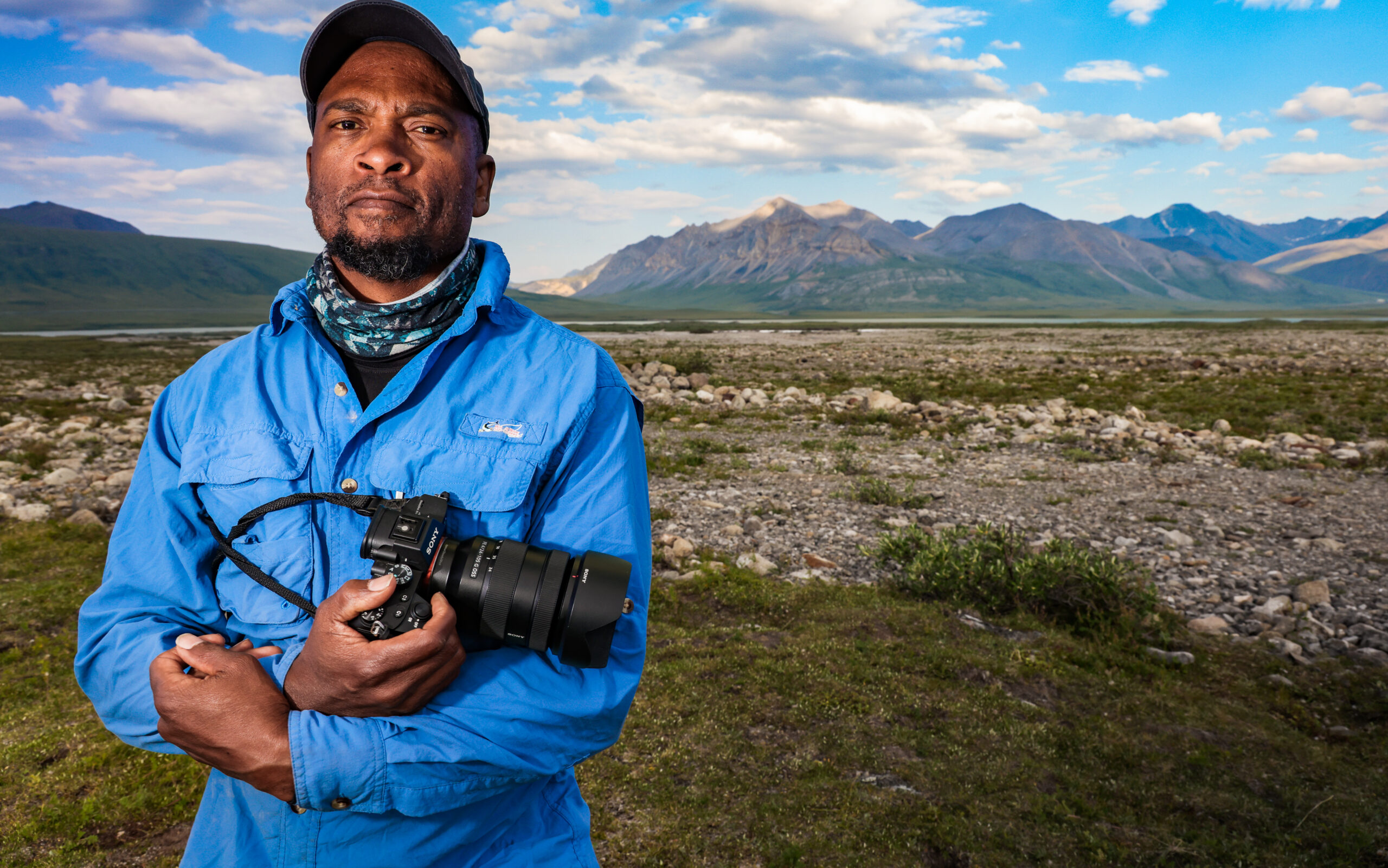
Dudley Edmondson
The project began as an idea between two friends on a 13 hour road trip to Columbus, Ohio for a cycling event. Walter and I love road cycling, jazz and storytelling and over many years of friendship, I’ve always been struck by how his life reads like a movie script. He has no shortage of captivating, unique stories, full of “you had to be there moments.” So many of his stories often start with “Man let me tell you about this one time.” The tone and cadence of his voice just draws you in.
We’d discussed the idea of making a film but it wasn’t until recently that I finally decided to attempt cramming his seventy plus years of living into a film just over 15 minutes long.
The original plan was to film Walter telling many of his interesting stories, and cover them with footage of him in his darkroom, doing photography or working on upcoming photo exhibits. But Walter’s stories are so visual and full of details, that standard b-roil footage could not do them justice. That’s when I decided to illustrate his stories with his photographs related to them and supplement those with stock video footage that could do a much better job of bringing Walter’s words to life.
Thanks to a generous grant from the Minnesota and St. Paul Foundation and the Duluth Art Institute, we are finally able to bring these wonderful stories to audiences in Minnesota and hopefully around the country.
Learn More Dudley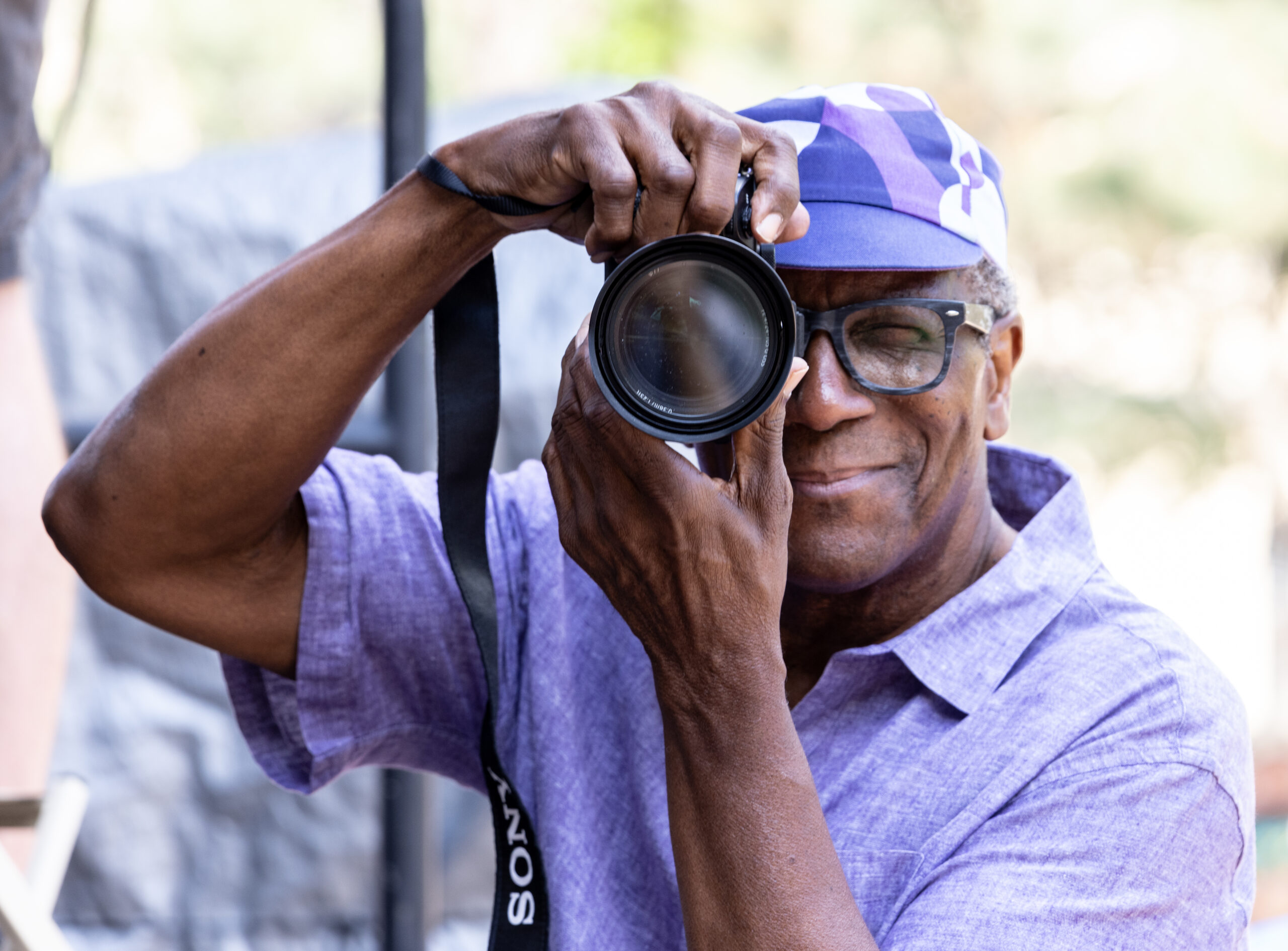
Walter Griffin
I developed a curiosity about photography in a third-grade science class. It was magic to see an image appear on a white sheet of paper immersed in liquid. That magic has driven my life. Black and white is my interest because of its purity. Early on I was encouraged to create my own style and not replicate anyone else’s style. These photos are special and deep to my heart.
I’m interested in people and their stories. What you live for is people. I made a pledge in the beginning to only capture positive images of people and that has been my quest for all my life. In Africa I had a chance to document people, places and celebrations. That inspired me to share these special moments with others.
Sometimes something calls me to come closer and actually see it. At these times I’m able to capture an experience. At times I become one with the subject. The most important thing when photographing people is comfort. Once a person becomes comfortable it’s easy to document personality and feelings. When photographing a musician, I’m waiting for that time of total excitation when the musician is at their uppermost emotional pitch. Waiting for a split second to capture someone’s emotion makes me emotional too.
When I have a chance to document a person for an event there’s a lot of history. I want to learn as much about them as I possibly can to capture the essence of the person or the moment. We must continue to document our history for future generations. Everyone has the ability to be a visual historian.
Learn More About Walter